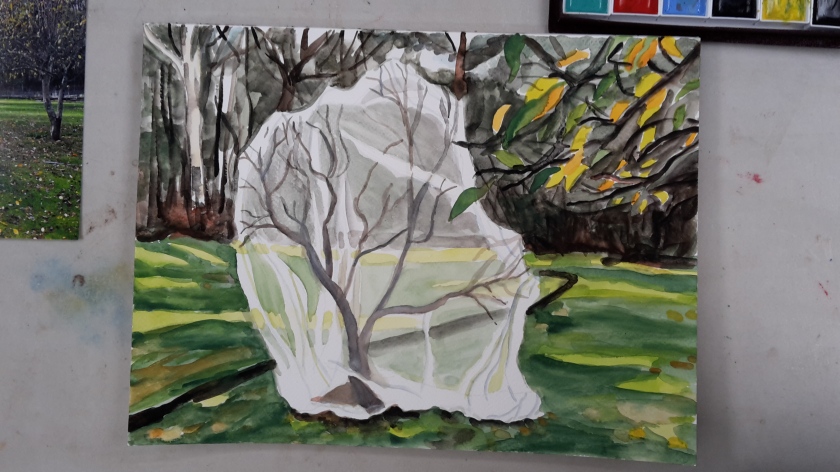 I think of Van Gogh primarily as a colourist, although his vivid colourful paintings were mostly painted in the last couple of years of his art career. His detailed descriptions of nature and his paintings can be found in his letters to Theo, his brother. Here he describes a landscape he painted at Arles in 1888:
I think of Van Gogh primarily as a colourist, although his vivid colourful paintings were mostly painted in the last couple of years of his art career. His detailed descriptions of nature and his paintings can be found in his letters to Theo, his brother. Here he describes a landscape he painted at Arles in 1888:
A meadow full of very yellow buttercups, a ditch with iris plants with green leaves, with purple flowers, the town in the background, some grey willow trees — a strip of blue sky.
If they don’t mow the meadow I’d like to do this study again, because the subject matter was really beautiful…A little town surrounded by countryside entirely covered in yellow and purple flowers. That would really be a Japanese dream, you know.
And a beach at Saintes-Maries-de-la-mer:
I took a walk along the seashore one night, on the deserted beach. It wasn’t cheerful, but not sad either, it was — beautiful.
The sky, a deep blue, was flecked with clouds of a deeper blue than primary blue, an intense cobalt, and with others that were a lighter blue — like the blue whiteness of milky ways. Against the blue background stars twinkled, bright, greenish, white, light pink — brighter, more glittering, more like precious stones than at home — even in Paris. So it seems fair to talk about opals, emeralds, lapis, rubies, sapphires. The sea a very deep ultramarine — the beach a mauvish and pale reddish shade, it seemed to me — with bushes.
At Arles he painted the same subjects over and over — wheat fields, fruit trees, olive trees, flowers, cypresses. One of my favourite paintings from the show is an olive grove. The sky is a delightful pale green with orange, yellow and blue accents, and the ground lavender blue, orange, green and pale brown.
 It’s hard to imagine how revolutionary these paintings were at the time. They influenced many painters including Matisse and the Fauves. His vision was unique and the bold and surprising way he used colour is still amazing.
It’s hard to imagine how revolutionary these paintings were at the time. They influenced many painters including Matisse and the Fauves. His vision was unique and the bold and surprising way he used colour is still amazing.
Van Gogh and the seasons is at the NGV Melbourne until July 9.








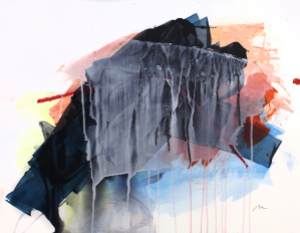






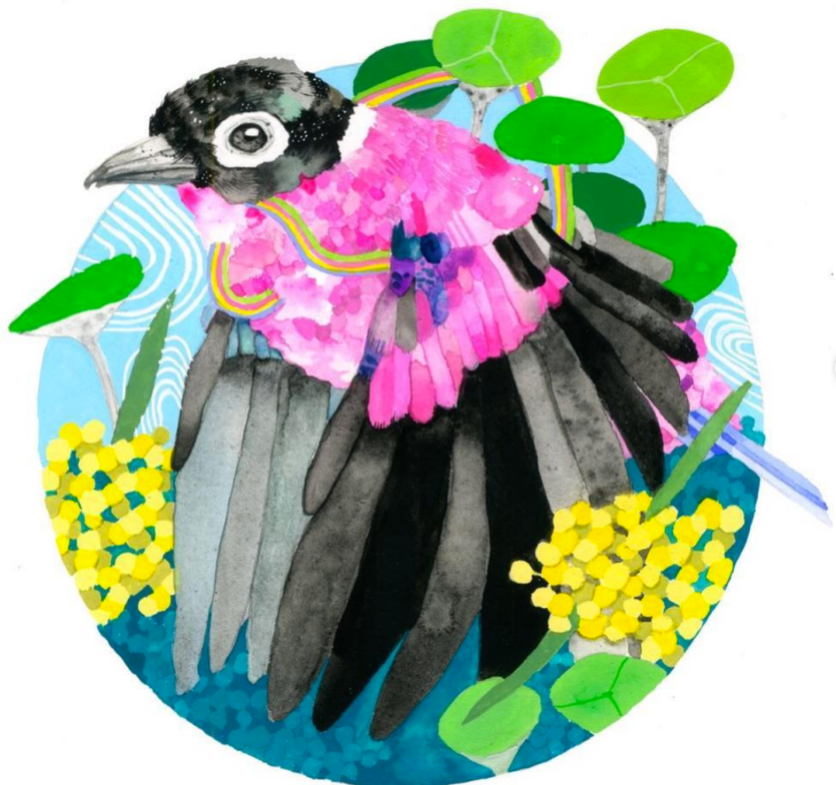

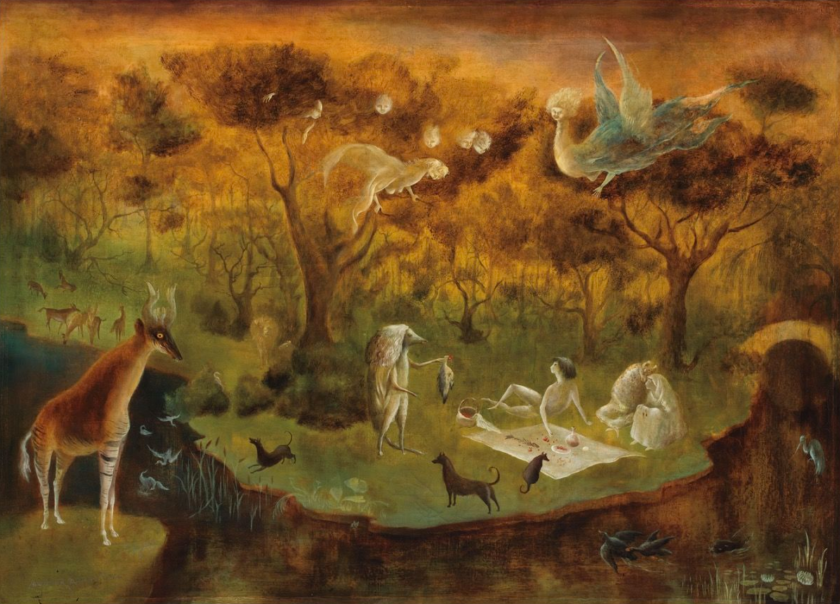







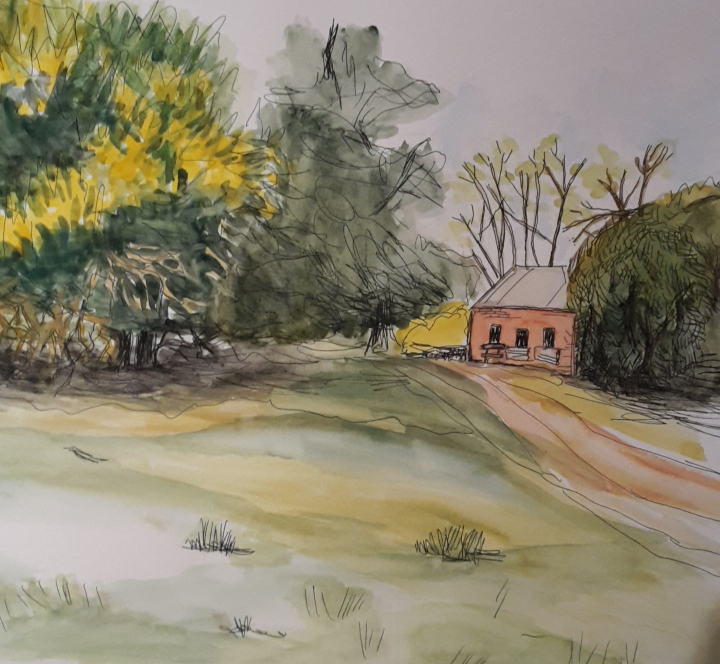





















 I think of Van Gogh primarily as a colourist, although his vivid colourful paintings were mostly painted in the last couple of years of his art career. His detailed descriptions of nature and his paintings can be found in his letters to Theo, his brother. Here he describes a landscape he painted at Arles in 1888:
I think of Van Gogh primarily as a colourist, although his vivid colourful paintings were mostly painted in the last couple of years of his art career. His detailed descriptions of nature and his paintings can be found in his letters to Theo, his brother. Here he describes a landscape he painted at Arles in 1888: It’s hard to imagine how revolutionary these paintings were at the time. They influenced many painters including Matisse and the Fauves. His vision was unique and the bold and surprising way he used colour is still amazing.
It’s hard to imagine how revolutionary these paintings were at the time. They influenced many painters including Matisse and the Fauves. His vision was unique and the bold and surprising way he used colour is still amazing.


